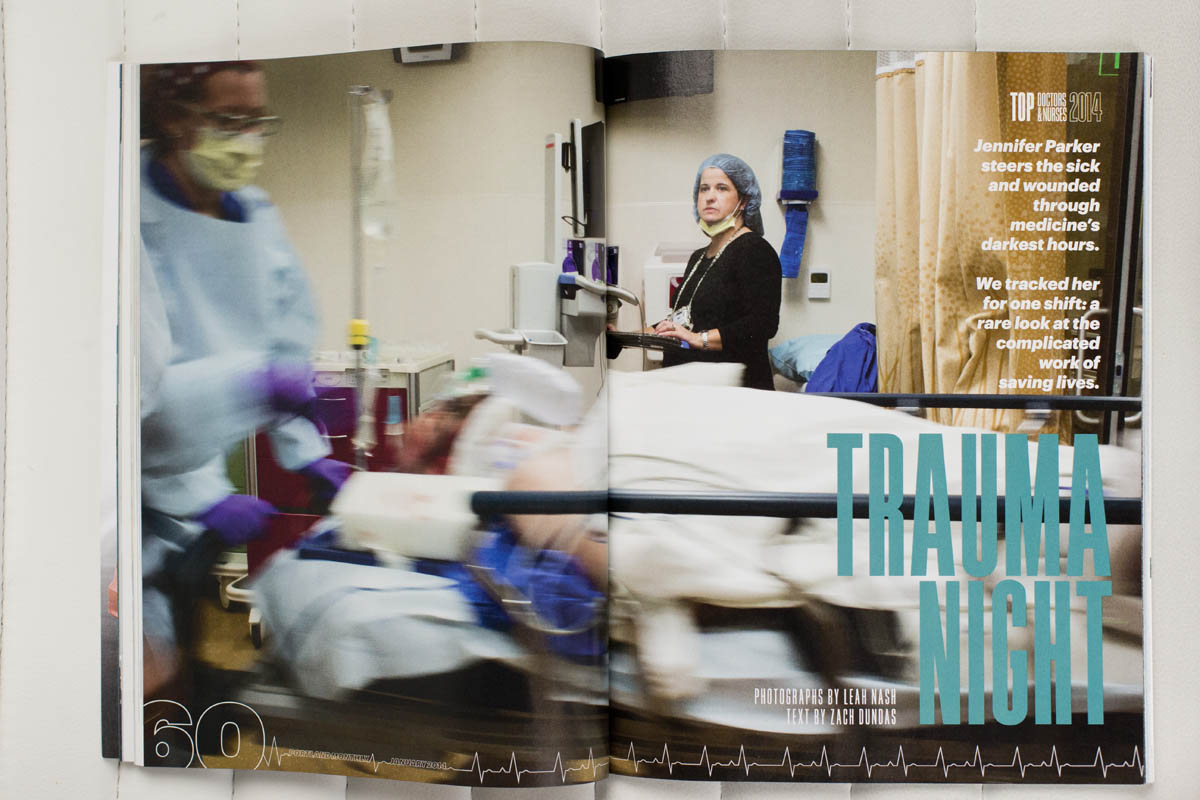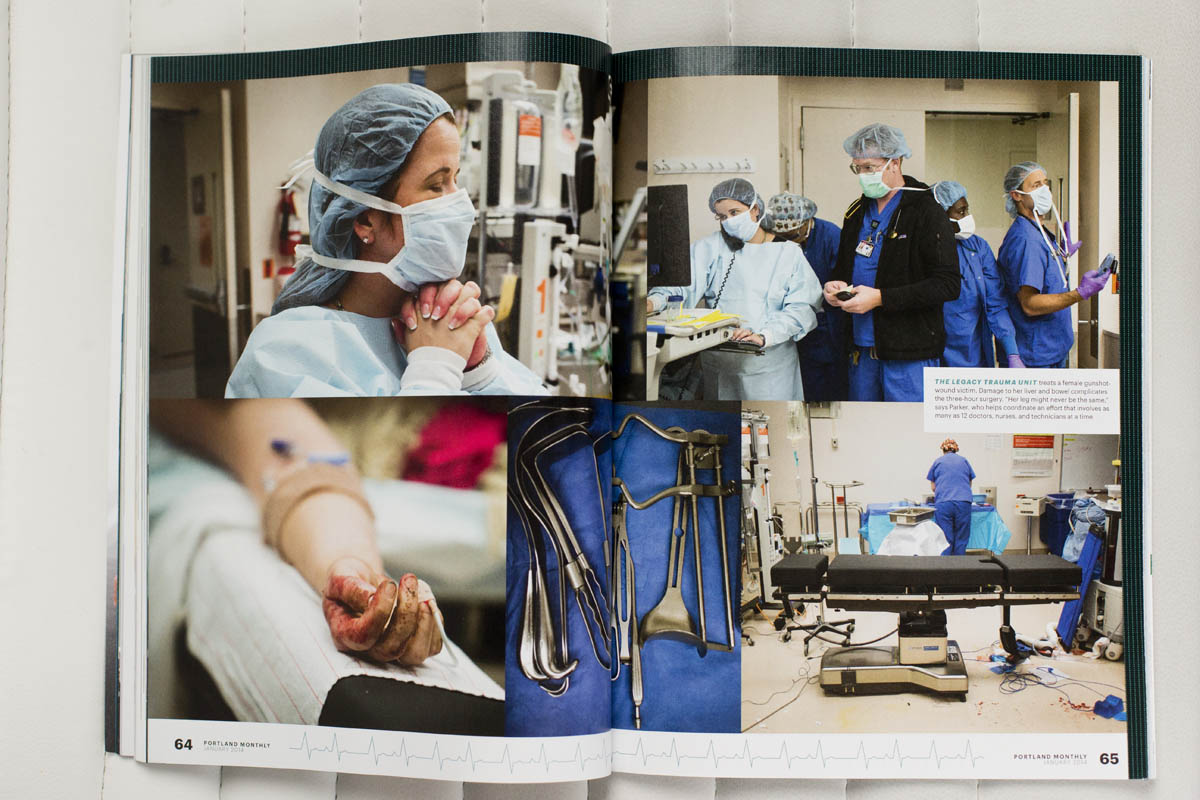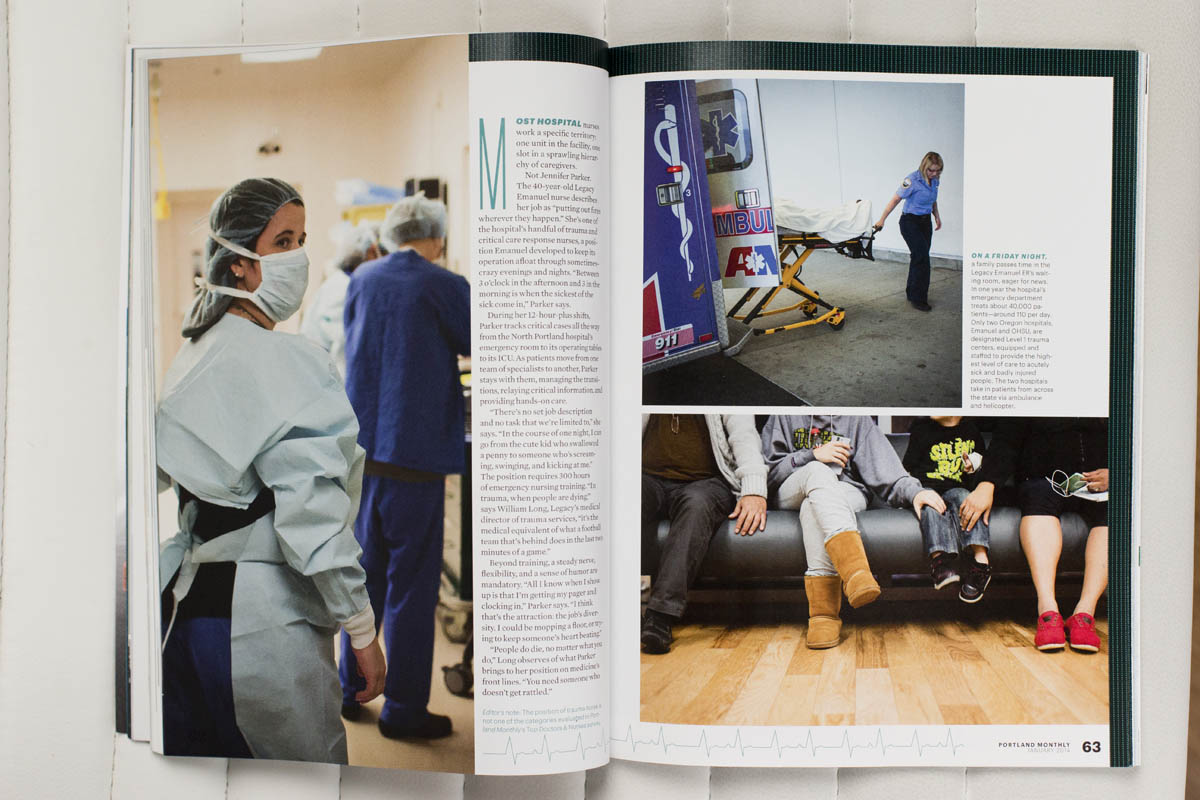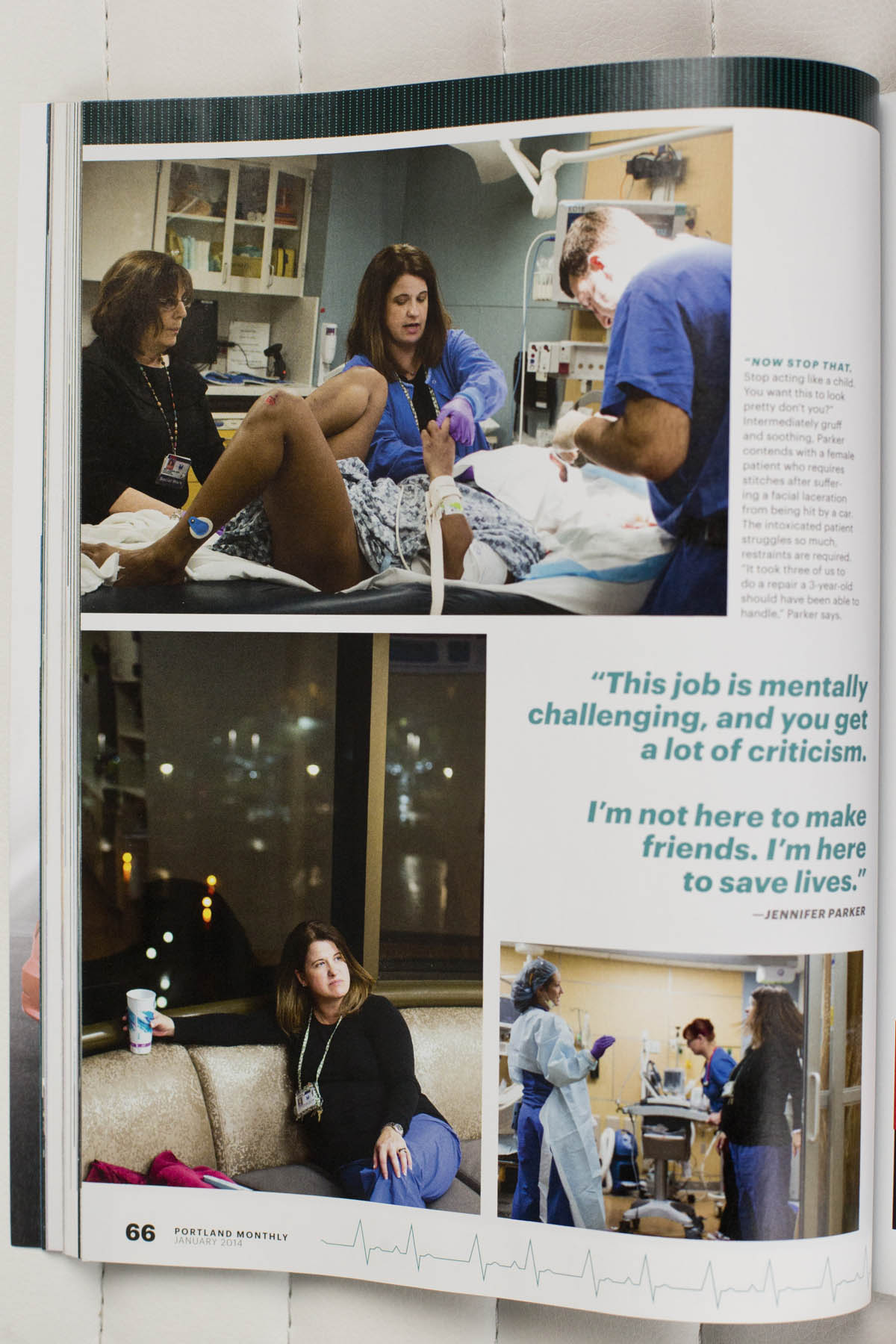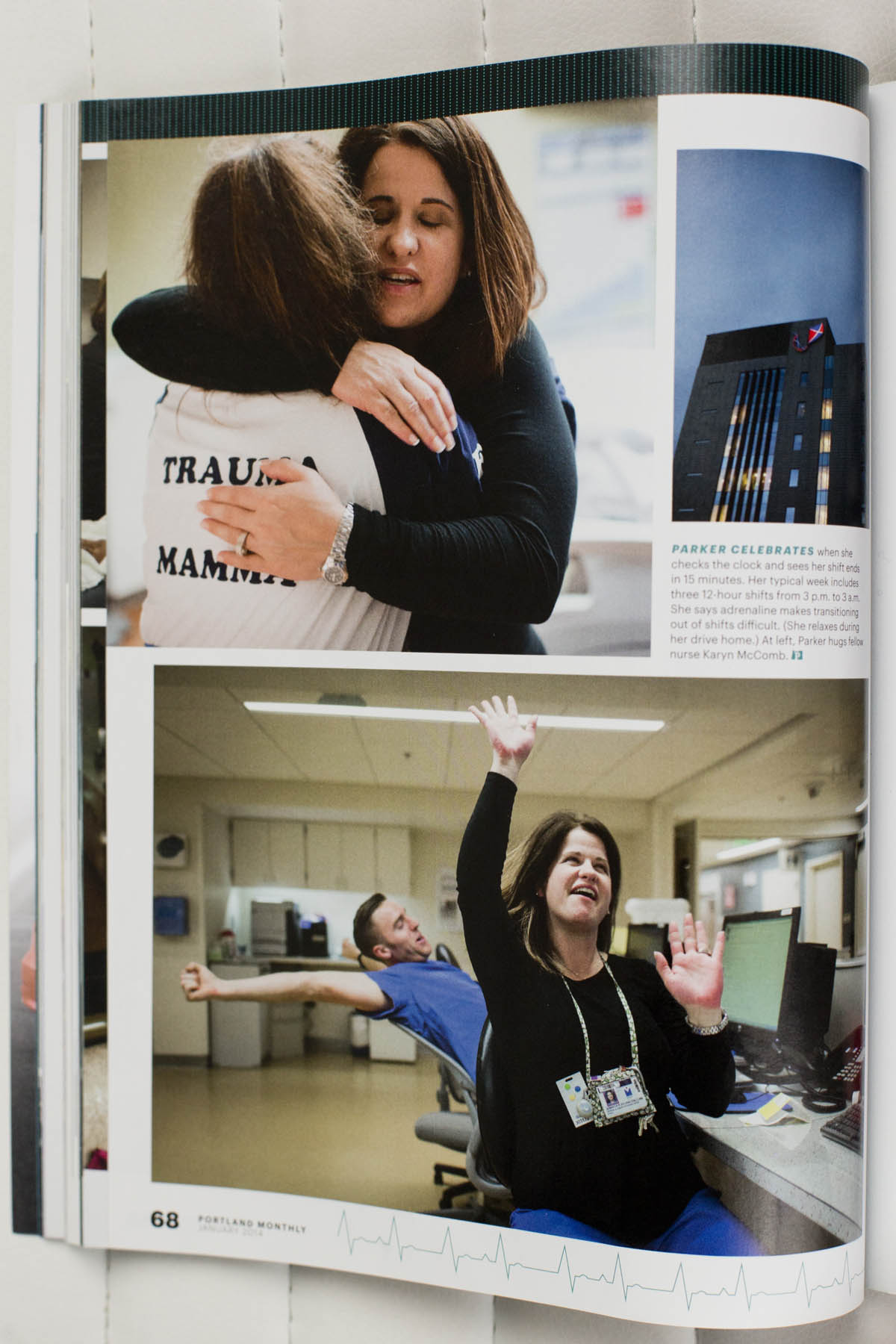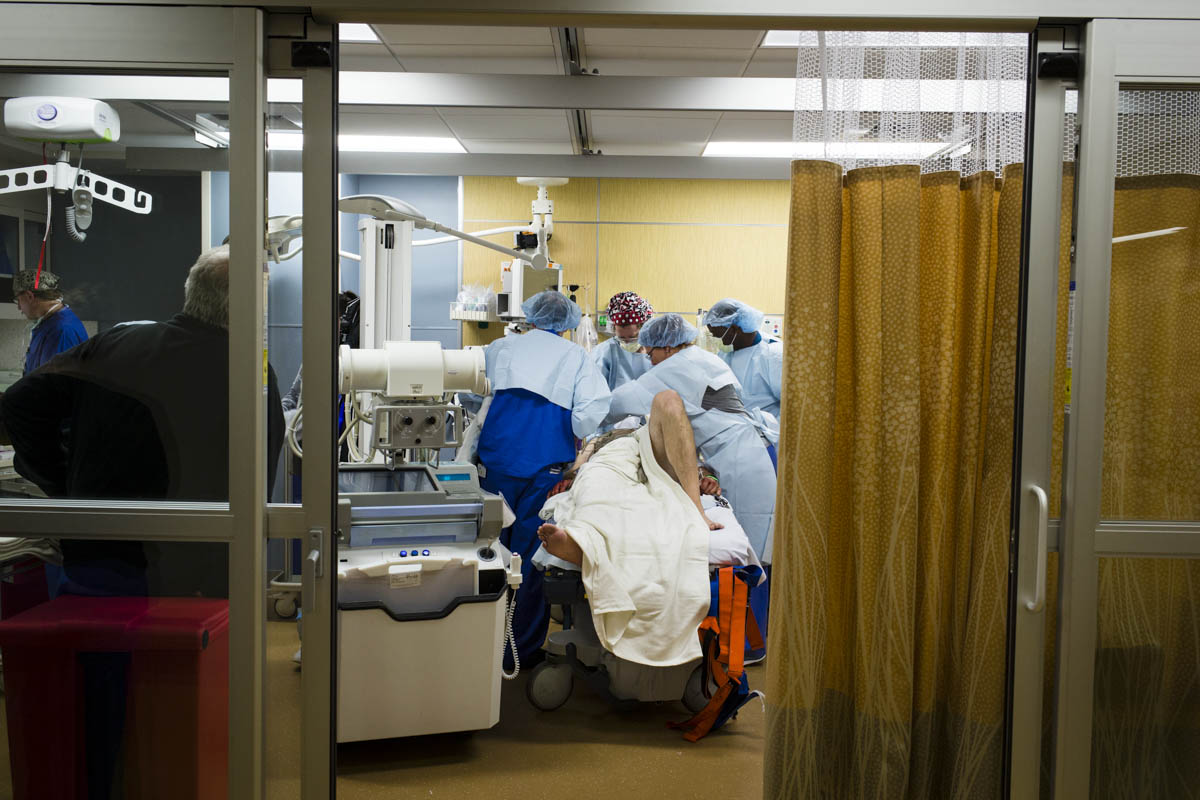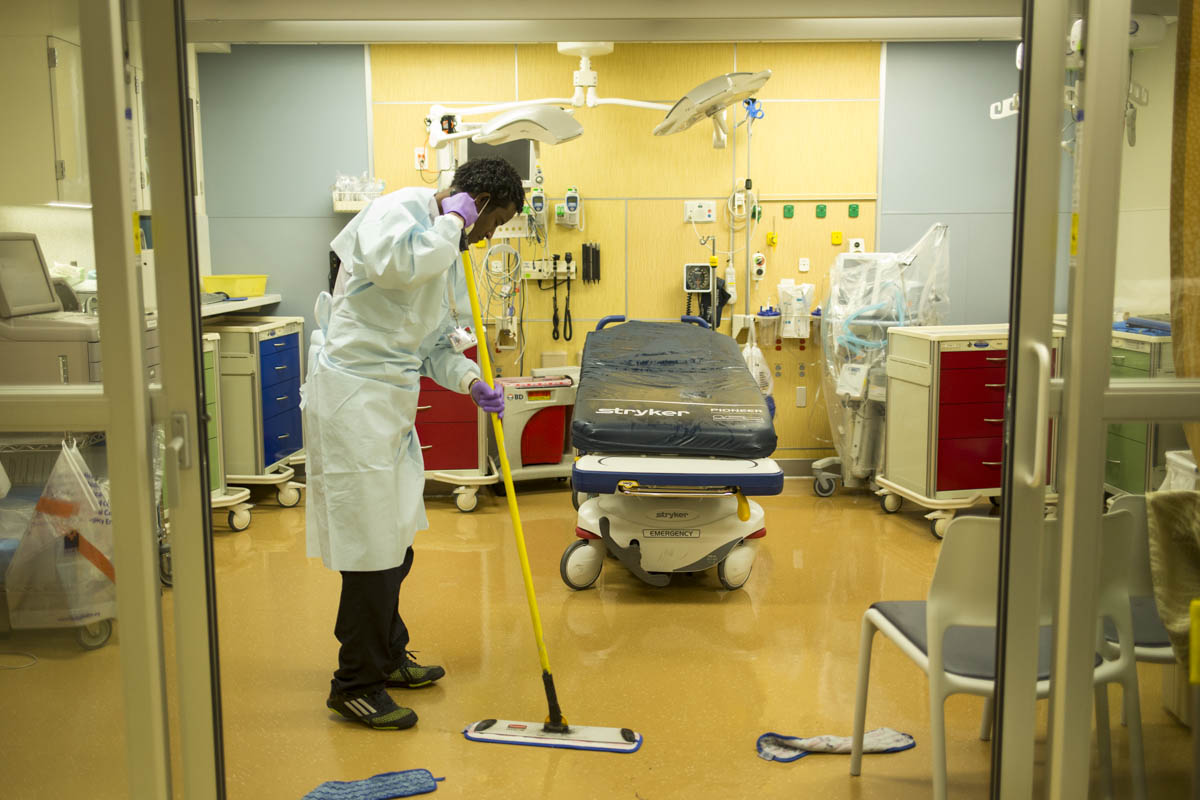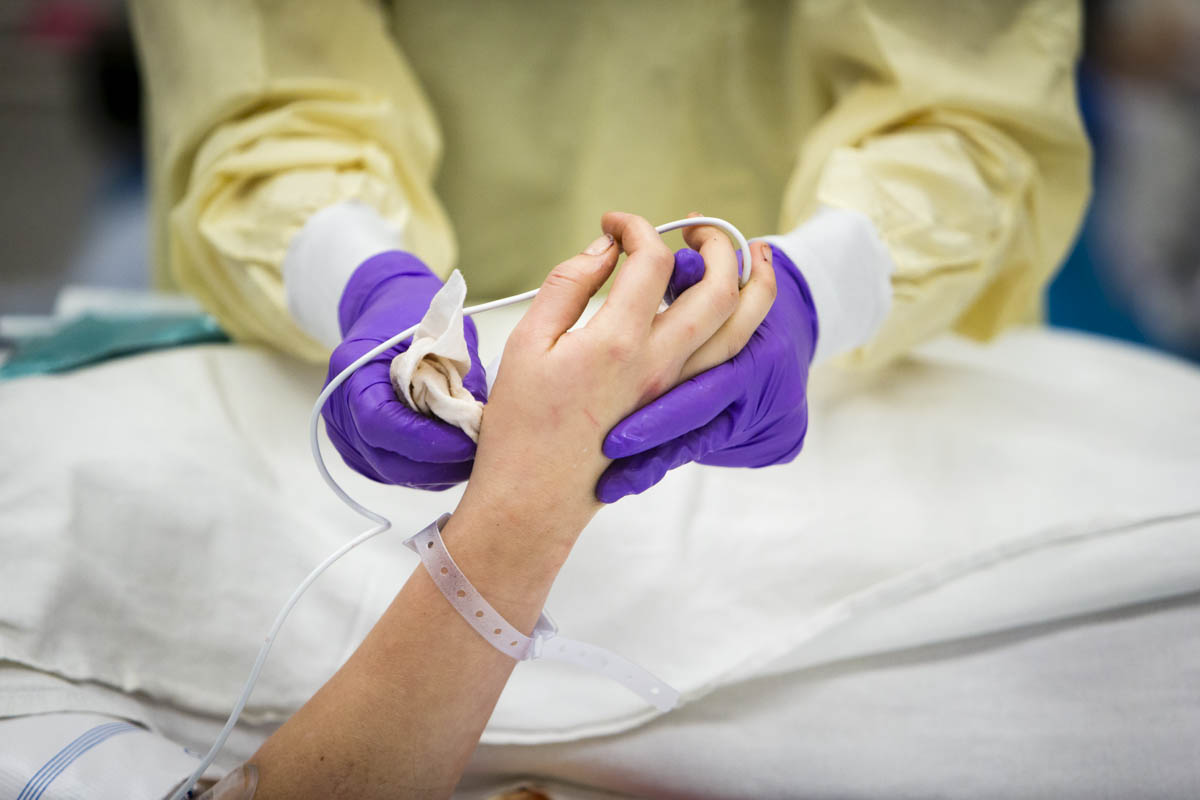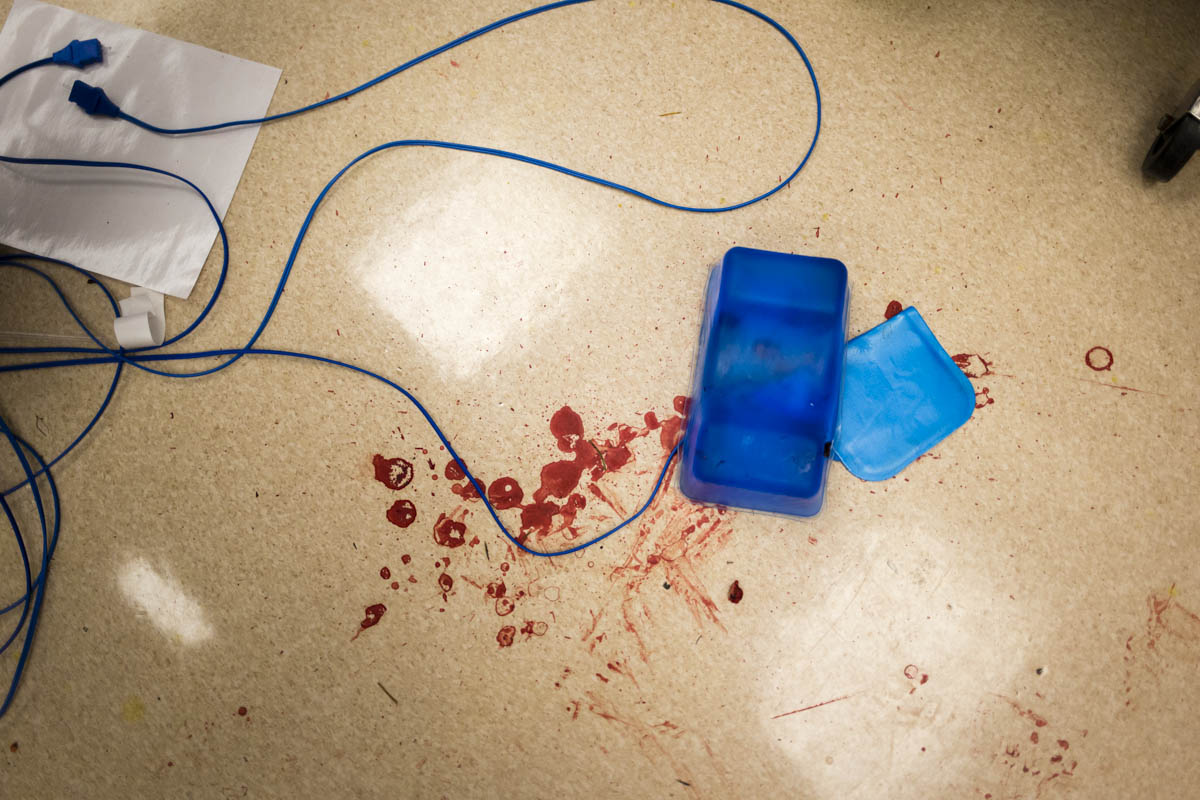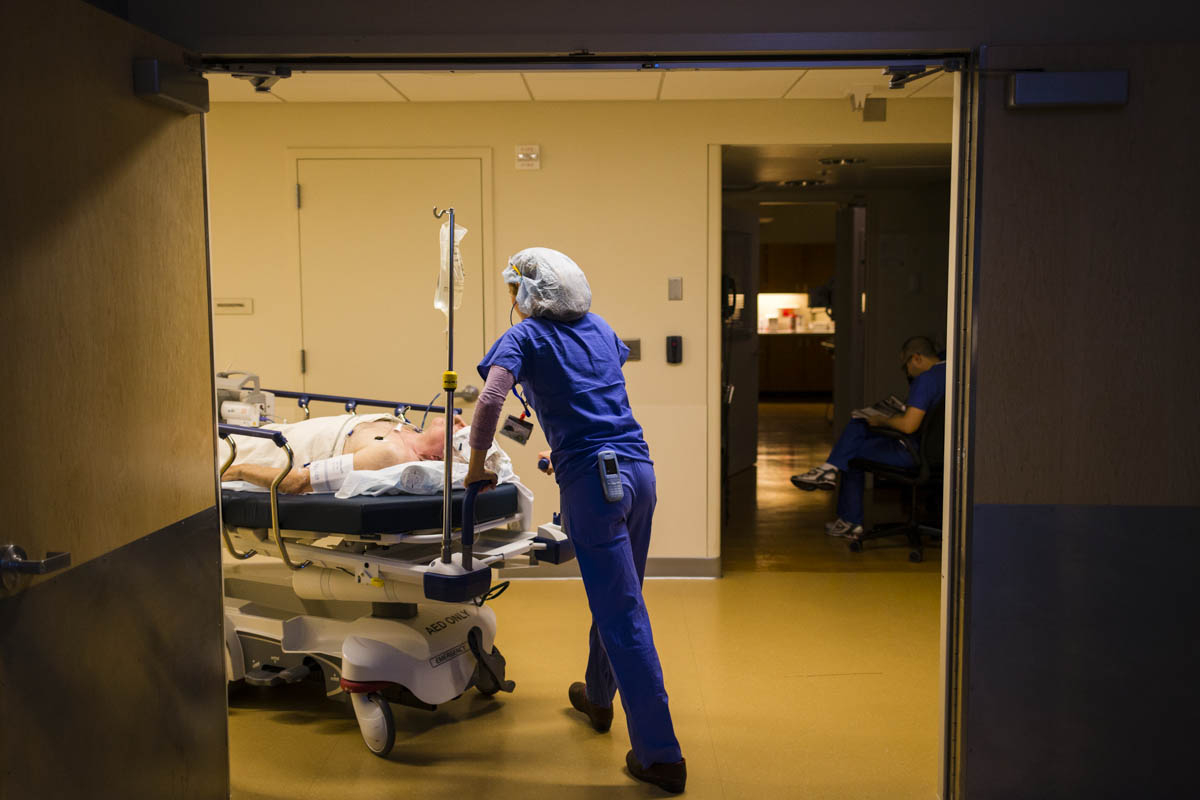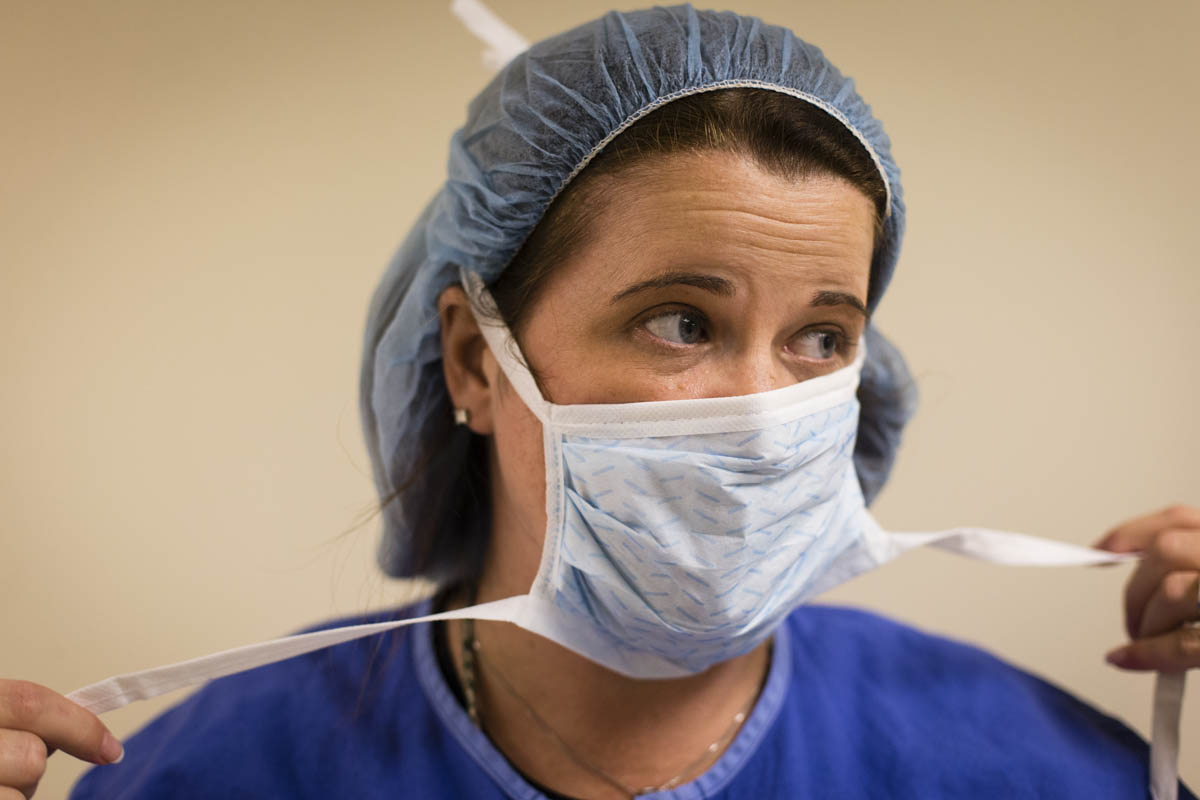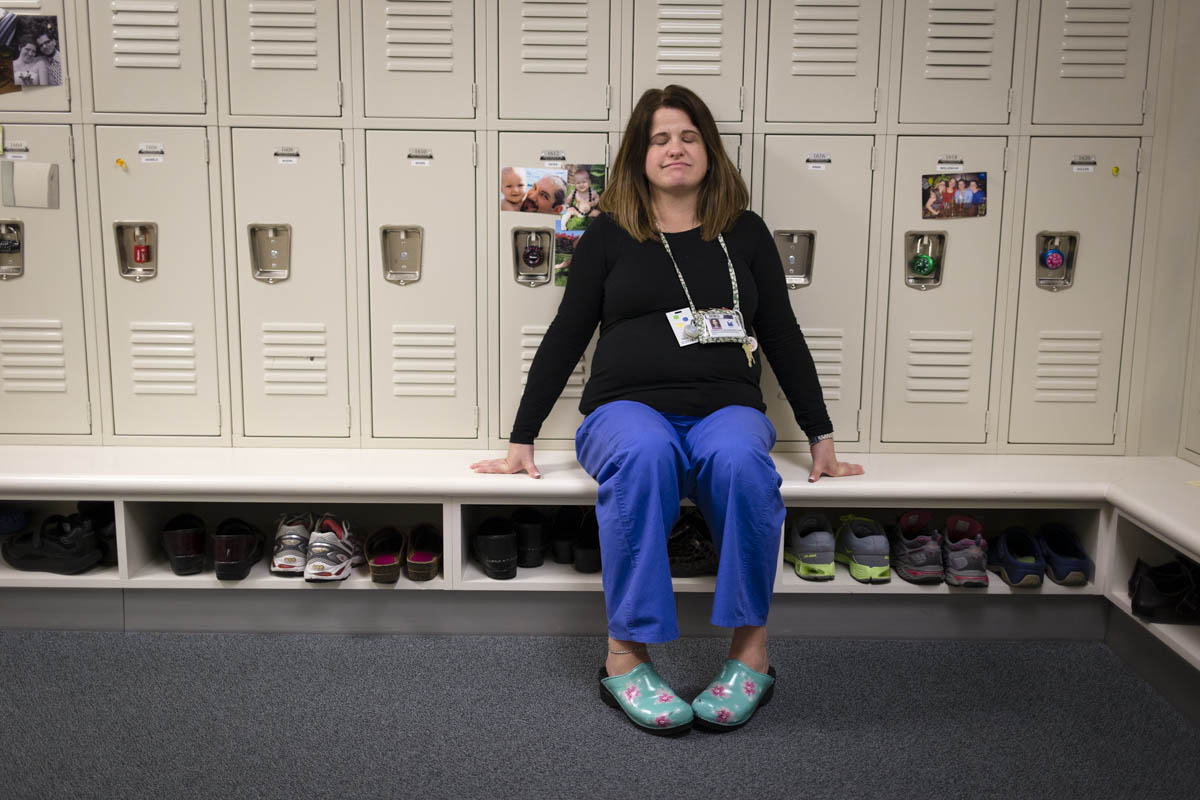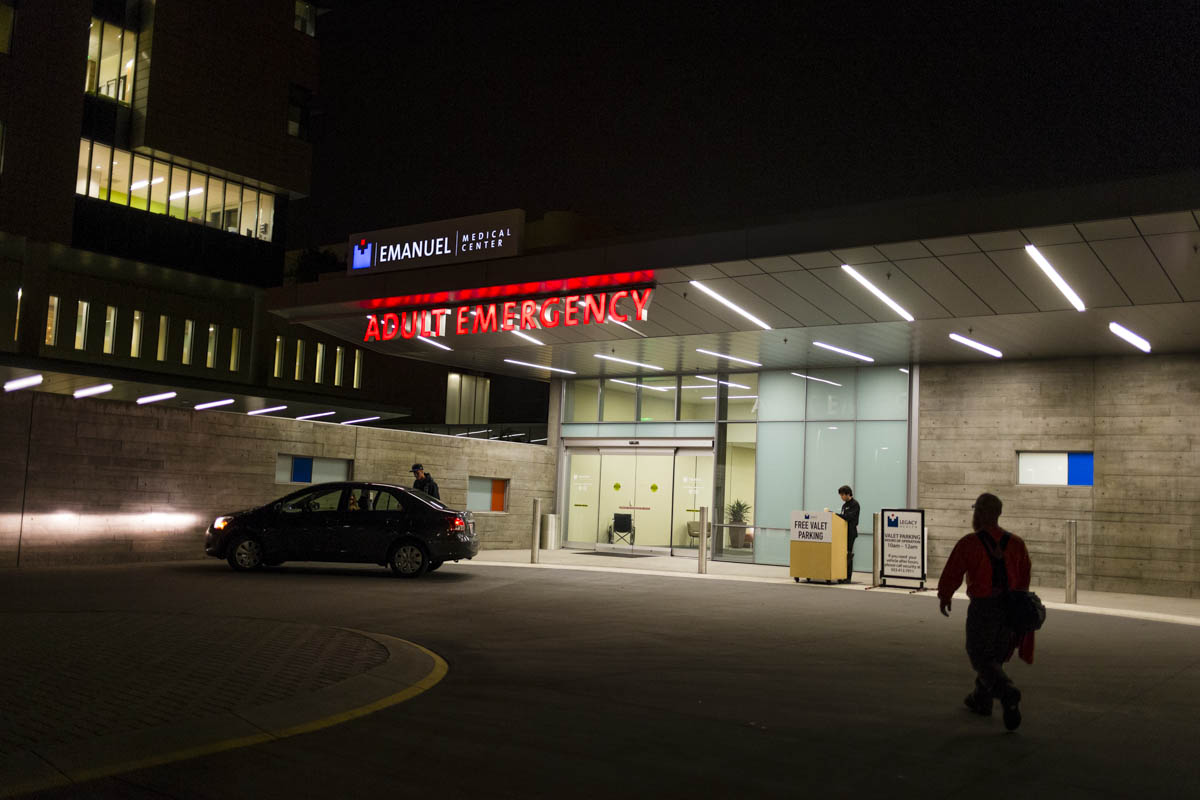Photographed an amazing story about early onset Schizophrenia that ended up on the cover of the Washington Post. Basically the Behavior Health Services at the PeaceHealth Sacred Heart Medical Center are trying to figure out ways to help teens with signs of Schizophrenia way before they ever have a psychotic episode. The program involves a two-year course of socialization, family therapy, job and school assistance, and sometimes medication. Now some of this may sound super fancy, but what it actually, literally can turn out to be is taking a kid to the music store and talking to him about his day. Crazy, right? The counselor I photographed used his love of music and comic books to connect with his teenage male patients, and as a way to get them out of house and interacting with the world around them. As someone with a psychology degree, I was pretty blown away by the simplistic brilliance of this. It made me realize two things. One, that you can never underestimate the power of human connection, and two, that so many of us just aren't getting enough of it.
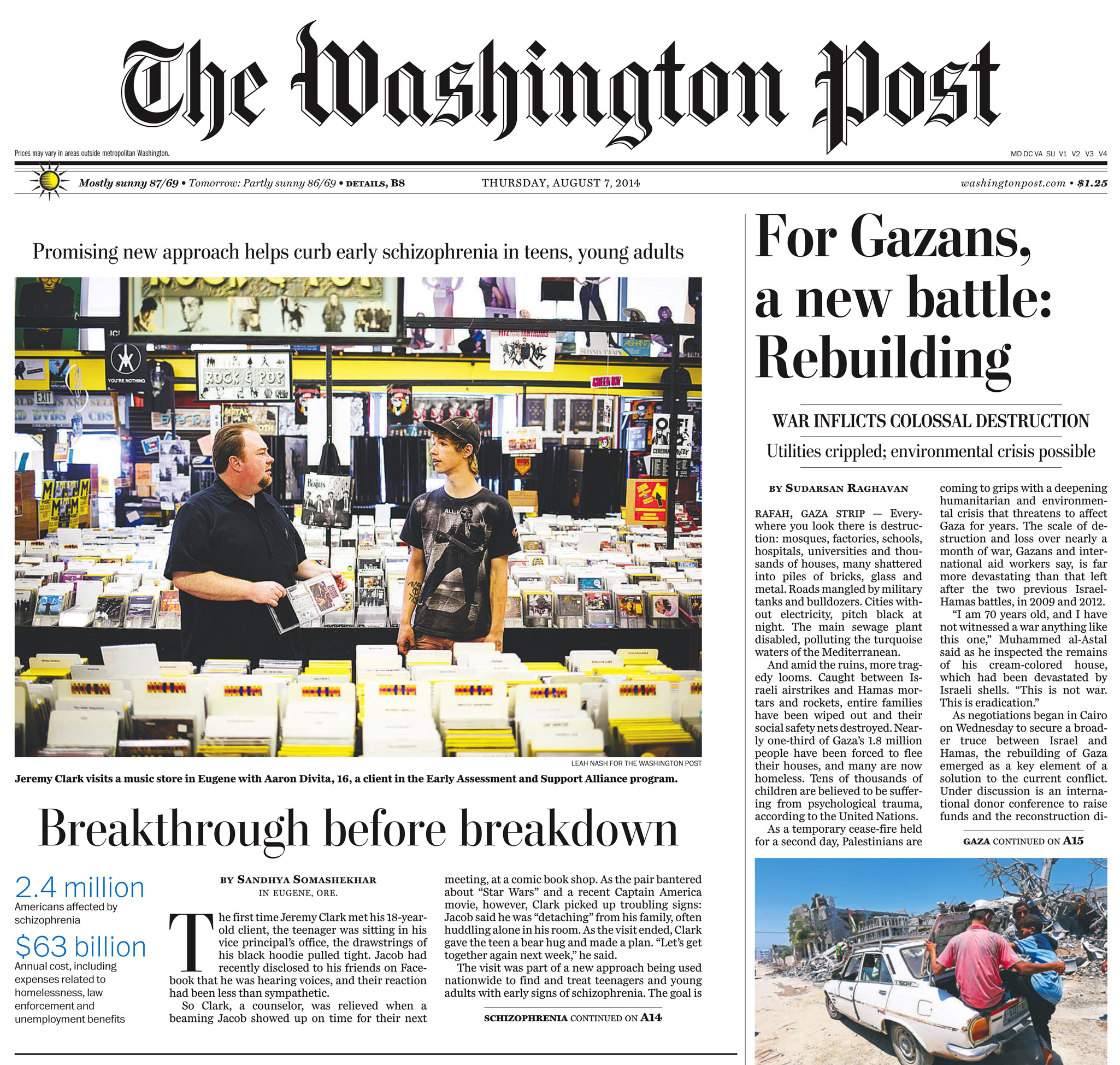
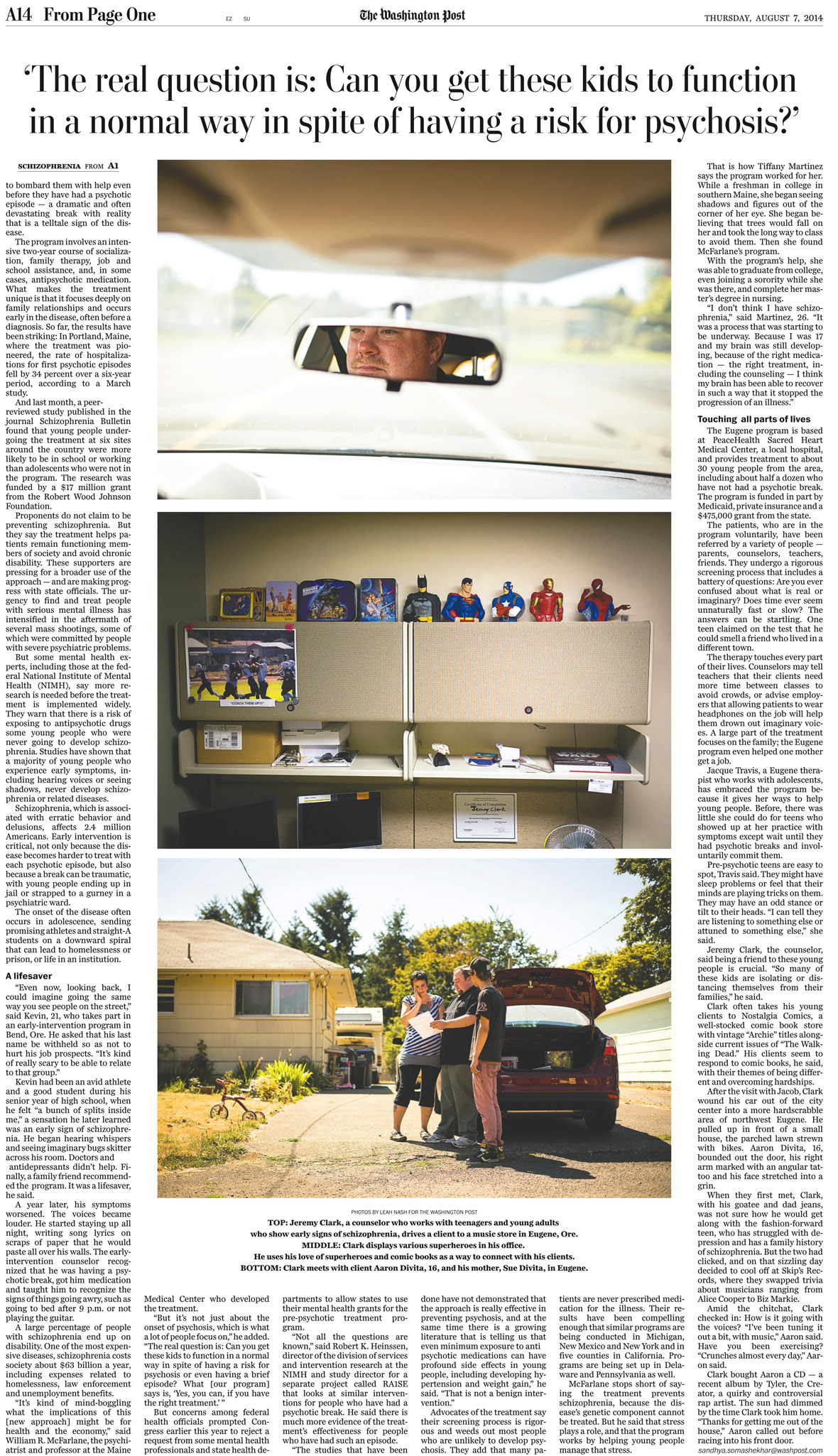
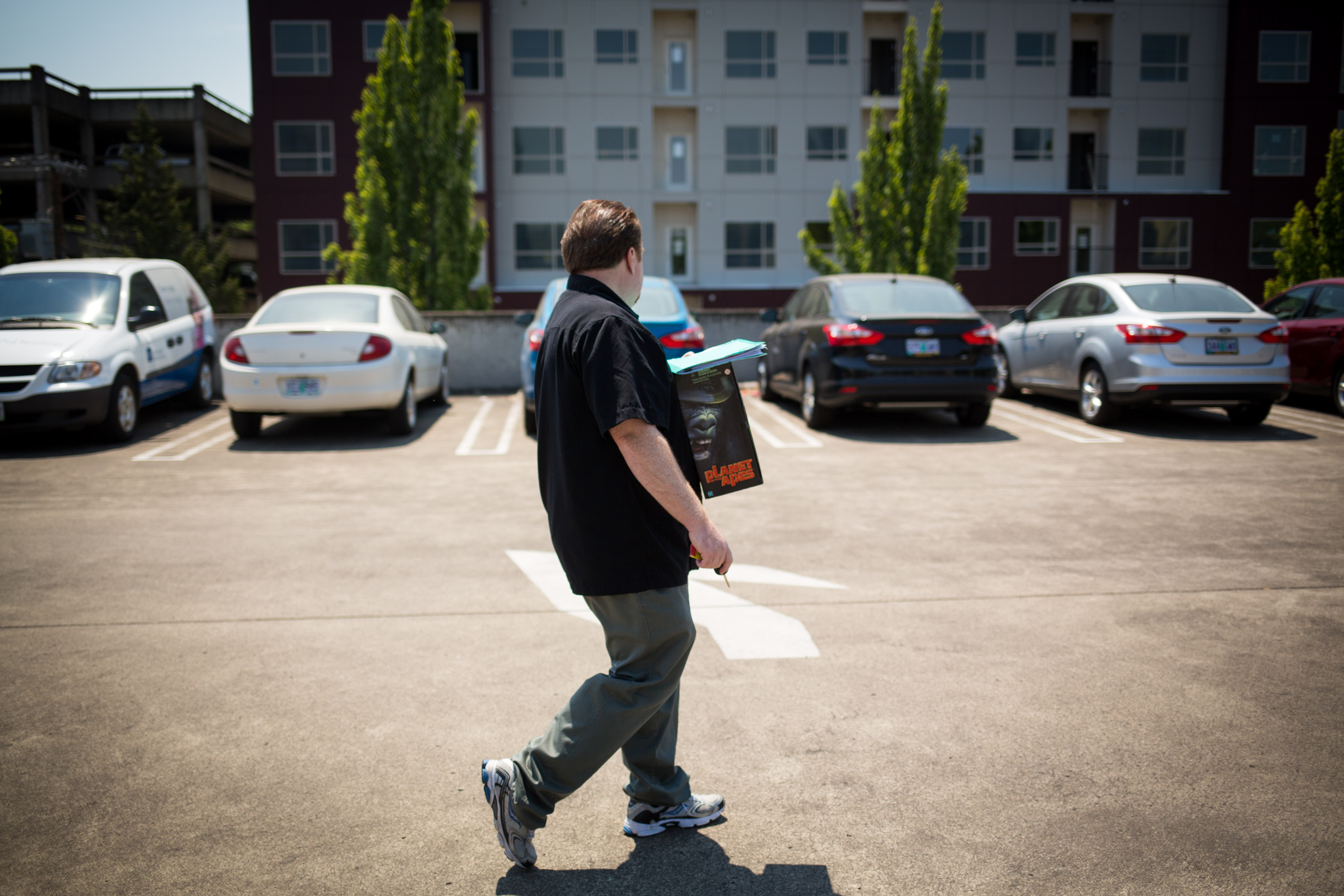

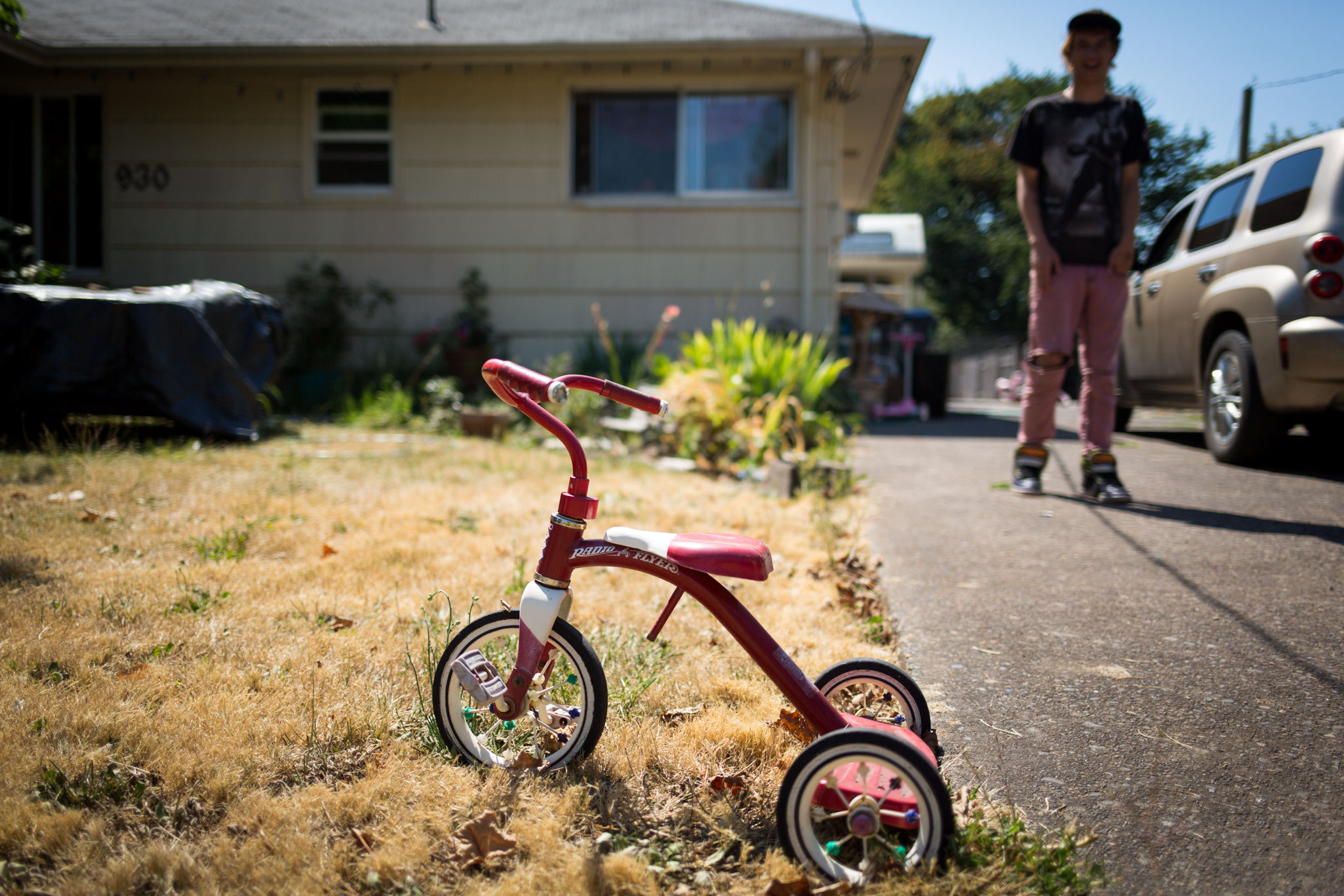
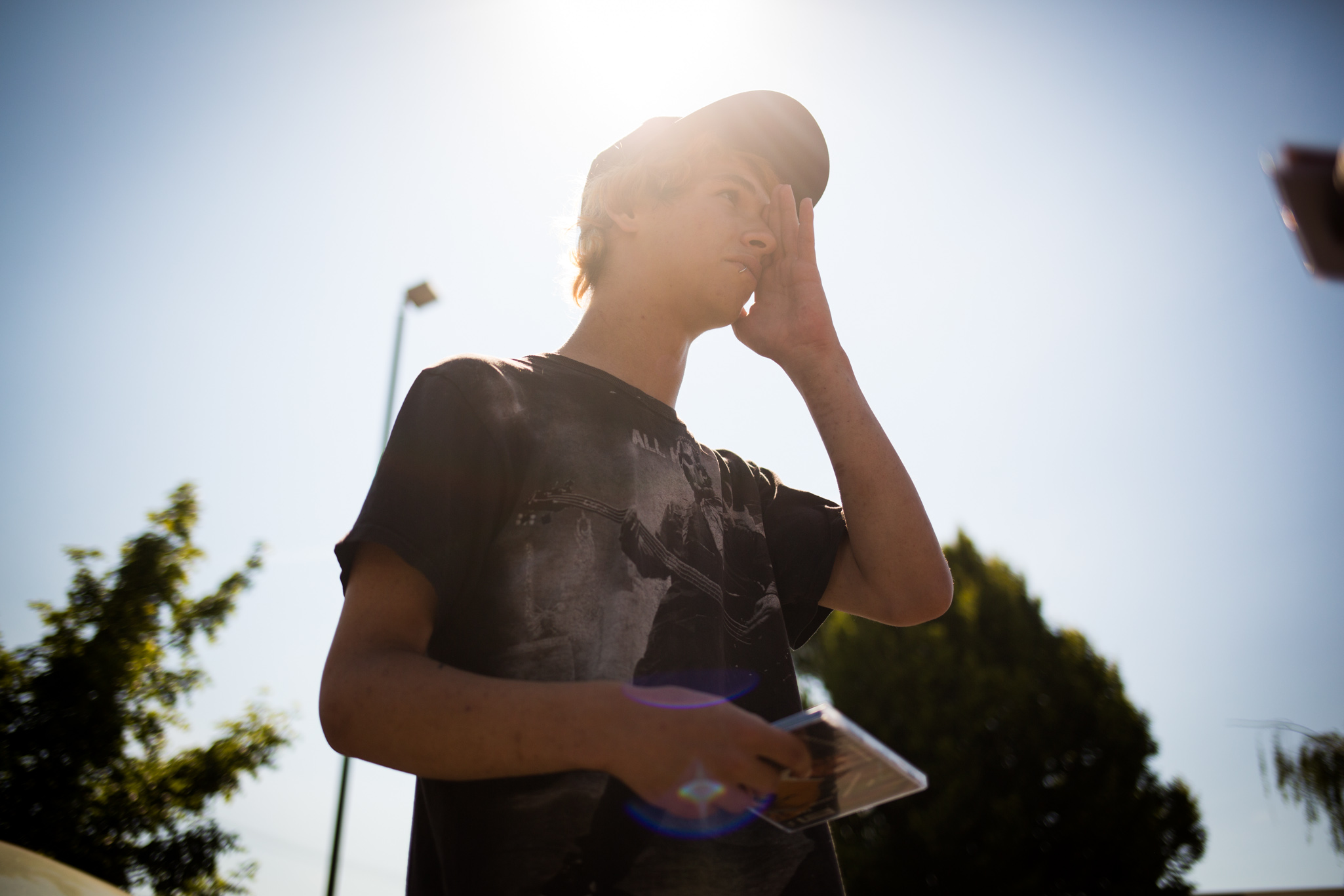
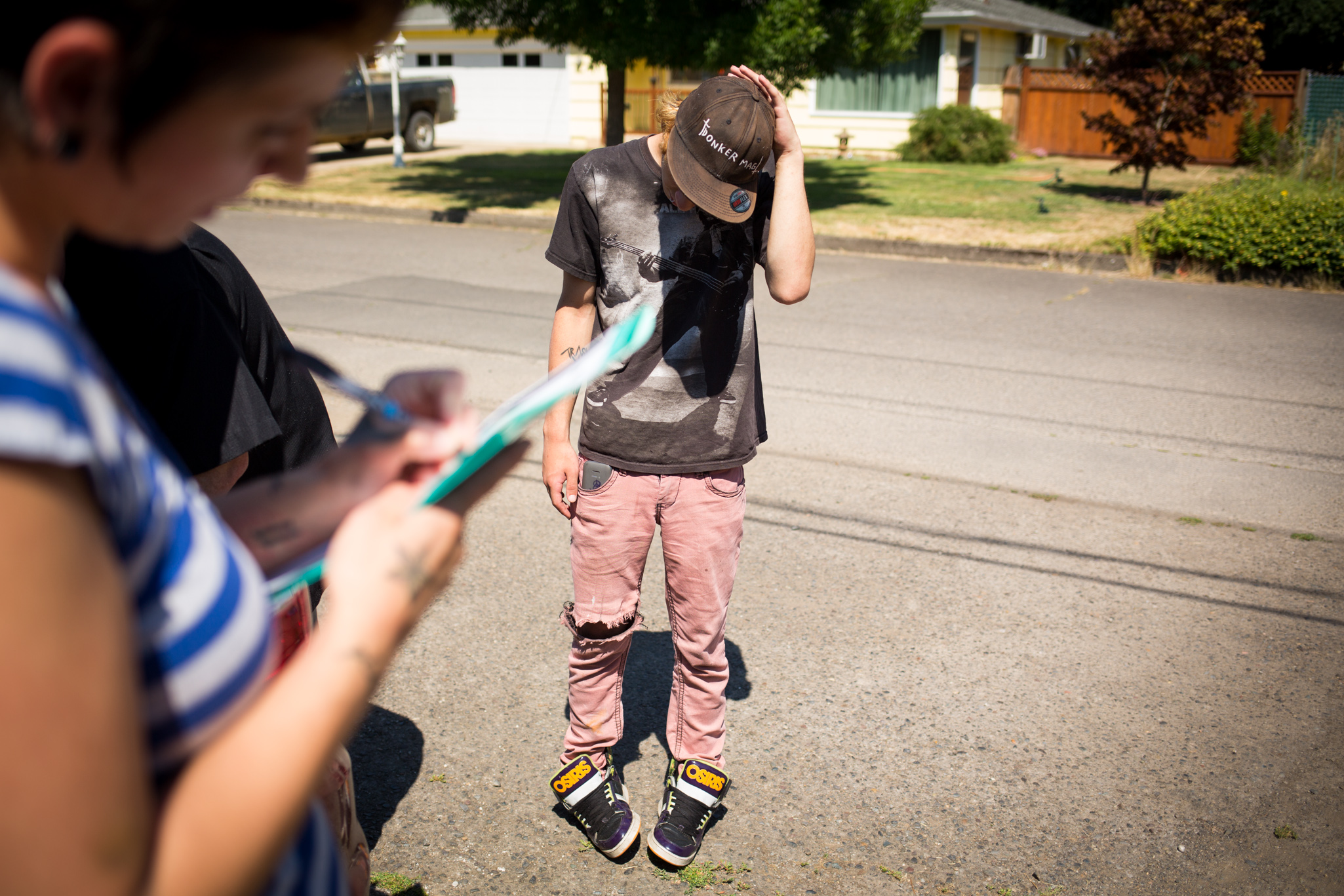
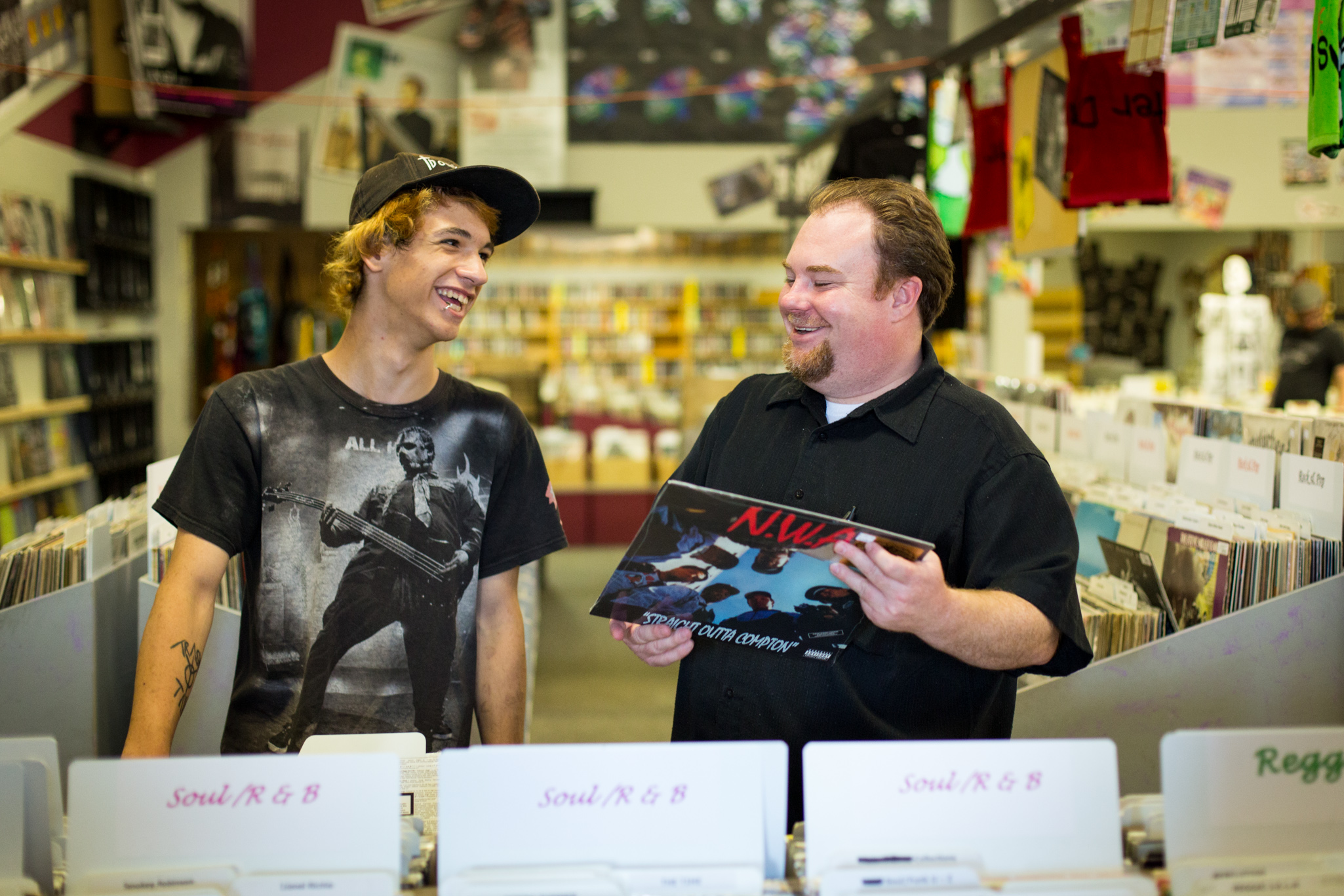

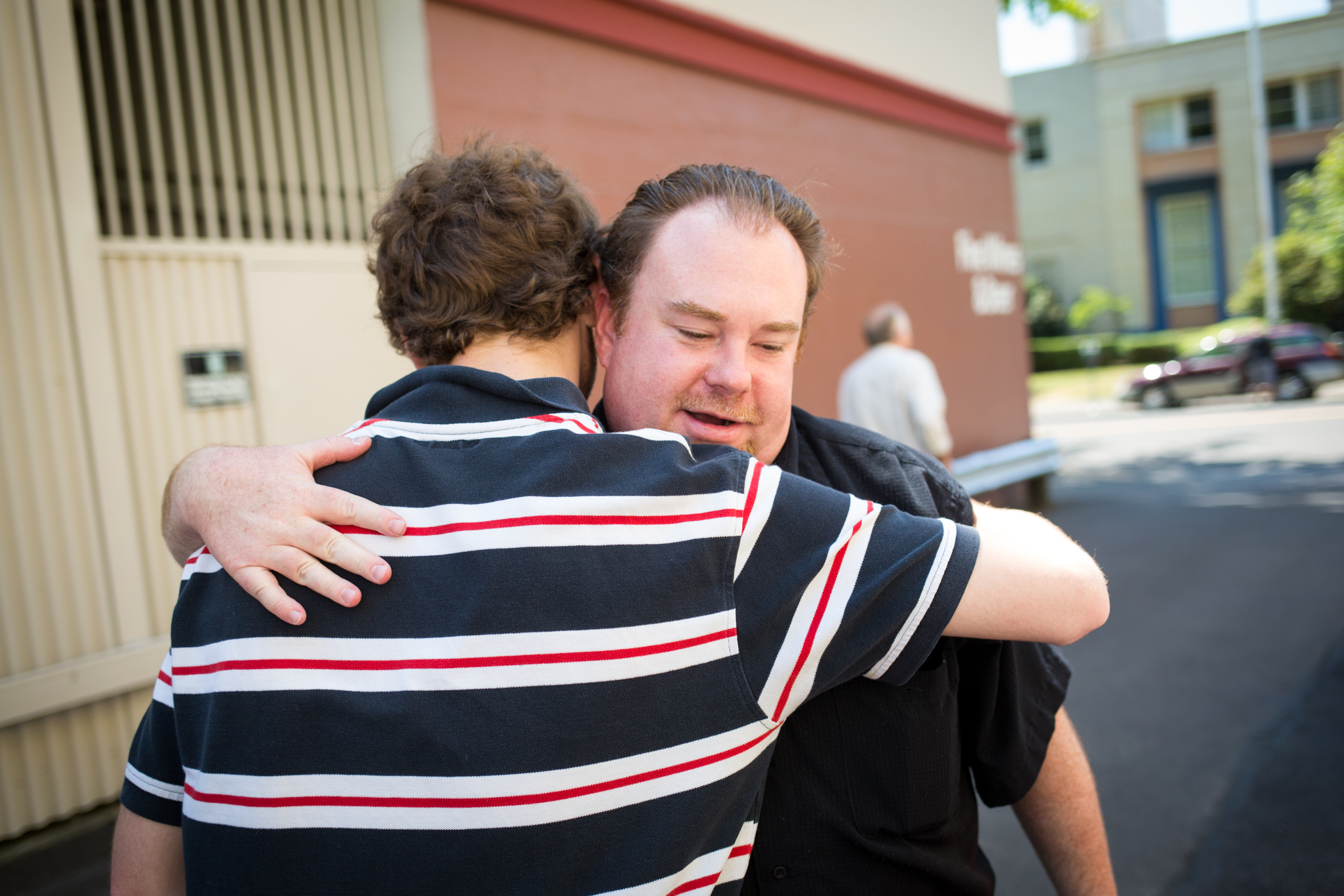
medical photography
Nursing My Camera - A Night in the ER for Portland Monthly Magazine
Spent a full 12 hours at the Legacy Emanuel ED (because it's a whole department of emergency, not just a room) for Portland Monthly's Photo Essay: Trauma Night. Having grown up on Eugene Richard's Knife and Gun Club, I had visions of what awaited me and so approached the assignment with a mix of anticipation and fear. His days of roaming the hospitals are long gone because of HIPPA, but the access I did get was almost unprecedented and a deal-with-the-devil was made that no one but the staff could be recognizable in the images. From 3pm to 3am on an atmospheric Friday evening I follow around the very pregnant and badass trauma nurse, Jennifer Parker. I scribble notes as she says things like, "Her leg might never be the same," during a three-hour surgery of a gunshot-wound victim. I stand in the corner documenting as more than 10 hospital staff dash around a patient unfortunate enough to have shot herself. "Do you want to see the bullet?" asks one of the many players, "How about a piece of her small intestine we had to remove?" I agree to both, always unsqueamish when in photographer mode.
That is just a taste of what I see over the course of the evening, which also includes car crashes, stitches, vomit, cat scans, and full ensembles of blue. Jennifer is hardly phased, for her this is a typical night, and a relatively uneventful one at that. At one point she has to restrain a woman who is clearly intoxicated “NOW STOP THAT. Stop acting like a child. You want this to look pretty don’t you?” Intermediately gruff and soothing, Parker contends with the female patient who requires stitches after suffering a facial laceration from being hit by a car. “It took three of us to do a repair a 3-year-old should have been able to handle,” Parker says. In one year the hospital’s emergency department treats about 40,000 patients—around 110 per day. Only two Oregon hospitals, Emanuel and OHSU, are designated Level 1 trauma centers, equipped and staffed to provide the highest level of care to acutely sick and badly injured people. These two hospitals take in patients from across the state via ambulance and helicopter.
After 3am, I remove my scrubs and ask Jenn if I can walk to her car to document the end of her evening. She demurs, having a few more things to make right and a few more people to tend to, unable just yet to let go.
